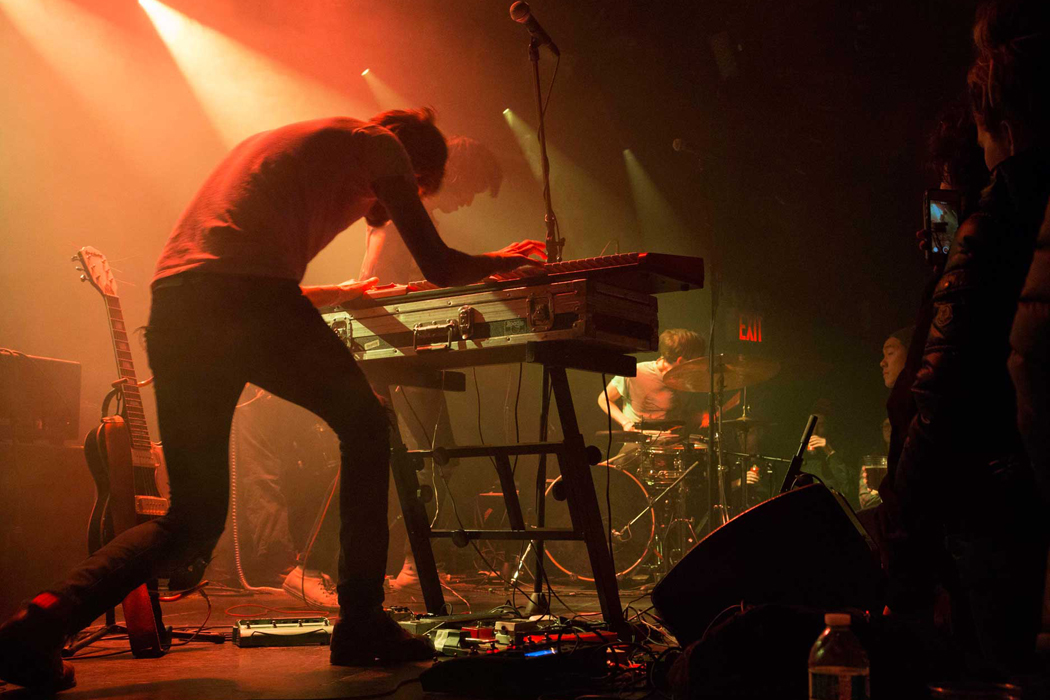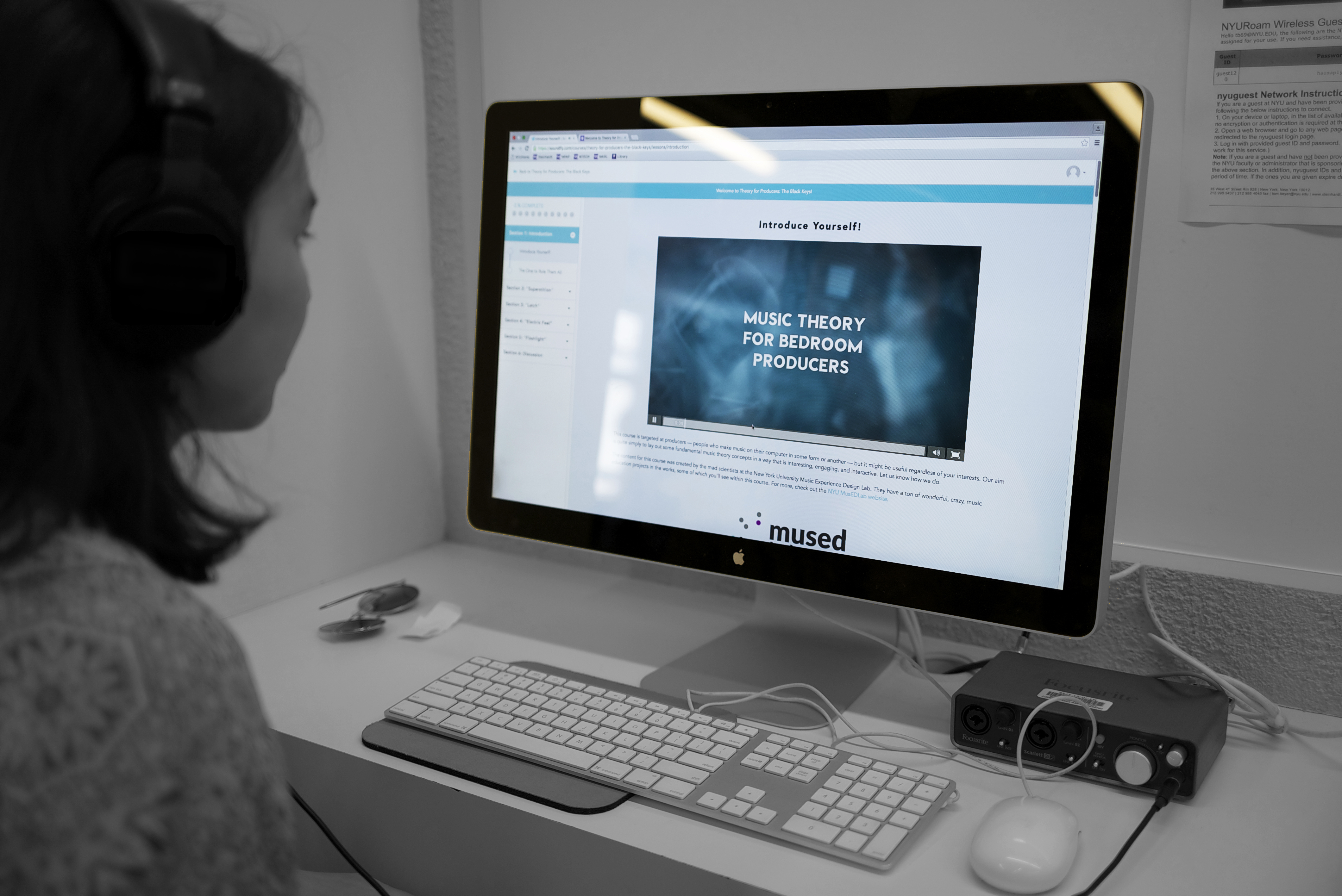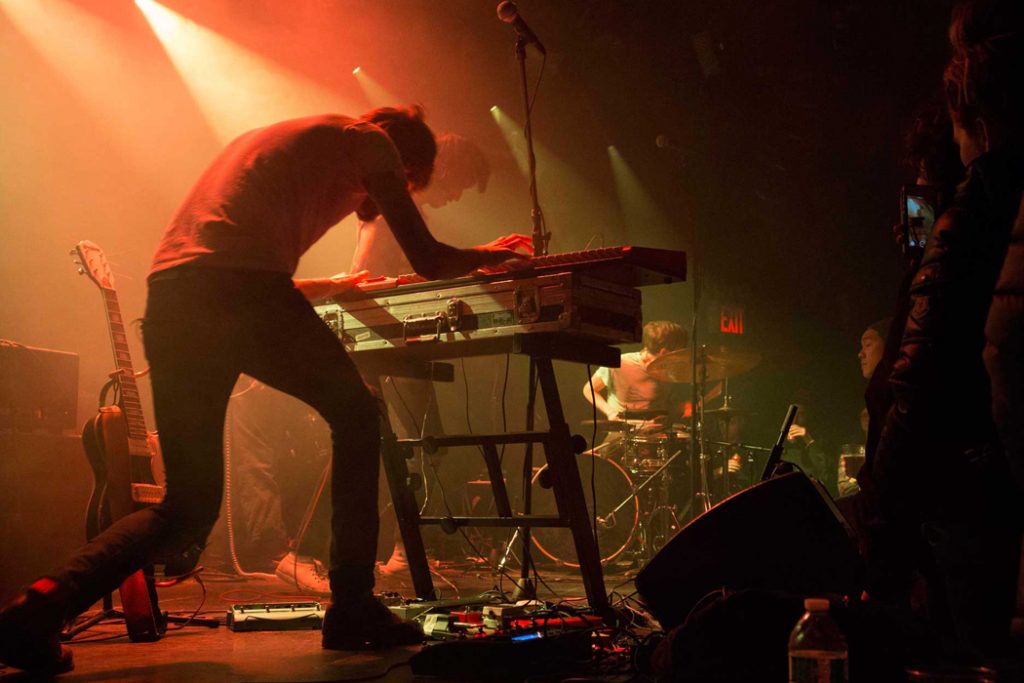
+ Welcome to Soundfly! We help curious musicians meet their goals with creative online courses. Whatever you want to learn, whenever you need to learn it. Subscribe now to start learning on the ’Fly.
In 2019, I went from regularly playing mid-sized clubs to playing hockey arenas, amphitheaters, and a stadium or two, basically overnight. To say there were growing pains would be an understatement.
There were practices and protocols, terminology and technology, and things to look out for that I didn’t even know existed, that were all completely foreign to me. So I decided, rather than have you learn the hard way how to handle these situations when you eventually make it, to fill you in on what I’ve learned along the way so you can be better prepared.
This article will focus on the differences in on-stage sound at larger venues, and how you can plan ahead to ensure a smooth transition as you level up as a band or artist.
1. Practices and Protocol
Let’s quickly discuss some of the titles, tech, and terminology you might encounter when you play larger stages. This will help you communicate with the crew and have a better experience overall.
Front of House
Front of House (or FOH) is both the title of the sound person who mixes the show and the area where they mix from. FOH is typically set up about ⅓ of the way back from the stage. To communicate with FOH and the FOH engineer, you’ll typically use a talkback microphone, as the engineer will likely be too far away to talk or shout in a normal voice.
Keep in mind that making adjustments and troubleshooting on larger stages takes more time due to the sheer number of moving pieces to address if there is a problem. Expect any changes to take about twice as long as they do at a smaller show.
Monitor Engineer
When playing the clubs, your sound person is likely mixing your show and doing your monitors, all at once. On large stages, this is usually handled by two separate people. Make sure to familiarize yourself with the responsibilities and capabilities of each so you don’t overburden one or the other with requests that are out of their control.
Wireless Bands
If you have experience with wireless technology, it’s likely of the 2.4 GHz variety. 2.4 GHz is the most common wireless frequency used by most entry level musical wireless equipment. This wireless band is also used frequently by WIFI and bluetooth connected devices. Those devices include lights, computers, and other connected accessories being used at venues across the country. This can create interference problems when moving from clubs to larger venues.
In my experience, unless you stand directly in front of your transmitter, you’ll experience dropout on the 2.4 GHz band. The solution is to upgrade to a unit that runs on less common frequency bands like G50 or J50A.
2. Understanding an Ear Mix
The most glaring difference between performing at smaller venues and larger spaces like arenas, amphitheaters, and stadiums is the ubiquitous use of in-ear monitors (or, IEMs) in addition to or in lieu of traditional stage monitors (wedges). This transition can be a bit uncomfortable for bands, especially vocalists, but once you understand how to dial in your mix and take advantage of the amazing sound IEMs provide, you’ll never look — or I should say listen — back.
Two obvious benefits of IEMs are hearing protection and consistency. Your ear mix will be more or less the same no matter where you are positioned onstage. This makes performing markedly easier considering on some large stages you may have 15’ to play with in either direction, just on your side of the stage. For vocalists, this is great as it allows them to work stage right and left without compromising their center stage monitor mix.
Another benefit is the ability to have about as much of something as you want in ears, without worrying about feedback or monitor bleed on stage.
If you’re not ready for IEMs yet, or haven’t started performing consistently at larger venues to afford an ears rig for your band, that’s okay too. Just spend some extra time during soundcheck dialing in those monitor mixes and running through your progression on stage to make sure you can hear everything clearly.
Protecting your hearing is hugely important. Many cities have put rules in place to limit the noise level at amphitheater shows to around 100db from the sound mixer. The volume onstage could actually be even lower than that, given the distance between the stage and the mains. Your ears will be thankful for this, but if you’ve been playing clubs for awhile, you’re probably used to something much louder on stage.
In fact, a recent W.H.O. study found that 86% of nightclubs and 71% of music bars exceeded their 110 decibel maximum noise level. You’ll need to adjust your mix to make up for anything that gets lost at this lower volume. Speaking of getting lost…
+ Learn production, composition, songwriting, theory, arranging, mixing, and more — whenever you want and wherever you are. Subscribe for unlimited access!

3. Reflections, Dissipation, and Geometric Spreading
Woah those are some fancy words! Sound like something you studied then forget immediately after leaving the SATs? Don’t worry, science is fun.
At larger venues, specifically open-air venues like amphitheaters, festival grounds, and stadiums, the sound waves you produce onstage will often dissipate dramatically if not altogether before you hear any reflections. Dissipation refers to a sound wave losing intensity as it travels further away from the source. Reflection is the return of a sound wave after it makes contact with a wall or object.
In a club or smaller theater, there are lots of solid objects and barriers that absorb and/or reflect sound waves. Part of what you end up hearing onstage are in fact the reflections of amps and drums onstage as they knock into walls and come back, as well as reflections from the PA system. The first time you step on an open air stage with no retaining wall, much of that will disappear.
Additionally you may notice that the sound is much quieter onstage due to geometric spreading, or the attenuation of sound based on the same amount of output spread over a larger area.
You may have previously relied on reflections to hear yourself on stage, without knowing it. Make sure you prepare and adjust accordingly, given the differences in the size of the venue. Another benefit of IEMs is that they can help mitigate the effects of spreading and reflections as they block out ambient noise from the space.
Once the venue fills up with people, the intensity of these factors will also change, so you may have to make adjustments from soundcheck to performance. Make sure you take notes each performance, and apply those notes during soundcheck at the next gig, this will help you improve your sound and experience in real time.
4. Stage Volume
On larger stages, you can expect less bleed from amps and instruments. If you’re an instrumentalist positioned stage right or left, or a vocalist who’s pretty mobile, you’ll need to take into account the actual physical distance between yourself and the drum kit/riser.
Adjust your monitor or in-ear mix accordingly. I usually take +3db more of kick and snare on an arena stage. On some club stages, depending on the acoustics of the room, I didn’t take any drums at all.
Secondly, be mindful of reverb and time-based effects. You may have to dry them up as the room itself could add undesired dimension to the tone. Differences in stage volume can lead to unexpected harmonic overtones and changes in your tone. But remember, you can always ask for adjustments to EQ in your monitor mix!
Don’t rush to make sweeping changes to your instrument’s tone because it doesn’t sound exactly how you want it to on stage. If it sounds good in the house but doesn’t feel quite right on stage, ask your monitor engineer to make adjustments, but otherwise leave the original tone intact.
On large stages, you’ll likely find yourself positioned further behind the PA system than in a club or small theater setting. Although the PA is more powerful, the cones are directed up and outward. If you pick up anything from the PA, it will be reflections only. You’ll need to adjust accordingly to make up for what you’re normally used to hearing in a club.
The sound on stage will likely differ dramatically from what the audience hears out front. If you don’t feel comfortable and it puts your mind at ease, try to step out into the house during soundcheck (sorry drummers) to listen to the front of house mix. This helps mentally with feeling confident about your sound. You can also record a clip from FOH during soundcheck to watch later.
We hope these tips are helpful for bands and artists making the jump from clubs to theaters, arenas, festivals, and beyond!
Want to get all of Soundfly’s premium online courses for a low monthly cost?
Subscribe to get unlimited access to all of our course content, an invitation to join our members-only Slack community forum, exclusive perks from partner brands, and massive discounts on personalized mentor sessions for guided learning. Learn what you want, whenever you want, with total freedom.




